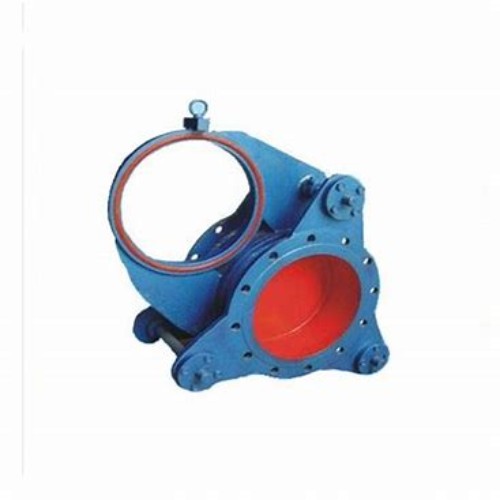Exploring Various Types of Directional Control Valves and Their Applications in Fluid Systems
Different Types of Directional Control Valves
Directional control valves play a critical role in hydraulic and pneumatic systems, directing the flow of fluid within the circuit and enabling the system to function effectively. These valves determine the path that the fluid will take based on the valve's position, thereby controlling the movement of actuators such as cylinders and motors. Understanding the various types of directional control valves is essential for anyone working with hydraulic or pneumatic systems. In this article, we will explore the major types of directional control valves, their functions, and their applications in different industries.
Types of Directional Control Valves
1. Solenoid-Operated Valves These valves use an electrically powered solenoid to control the flow of fluid. When the solenoid is energized, it moves a plunger that shifts the valve's spool to a different position, thus changing the direction of fluid flow. Solenoid-operated valves are commonly used in automated systems where precise control is required, such as in robotics and industrial machinery.
2. Hydraulically Operated Valves Instead of using an electric signal, hydraulically operated valves utilize fluid pressure to actuate the valve mechanism. These valves are often favored in applications where high power is needed, such as in heavy machinery and construction equipment. They provide a robust solution that can withstand harsh operating conditions.
3. Pneumatically Operated Valves Similar to hydraulic valves, pneumatic valves are actuated by compressed air. They are typically lighter and faster in operation compared to their hydraulic counterparts. Pneumatic valves are widely used in packaging, food processing, and assembly line applications due to their speed and reliability.
4. Manual Control Valves These valves are operated manually via levers or knobs. Manual control valves are straightforward and require no external power source, making them suitable for simple applications or where precise control is not a critical requirement. They are often used in maintenance applications and systems requiring manual override.
different types of directional control valve

5. Mechanical Control Valves These valves utilize a mechanical linkage that converts the motion of a lever into movement of the valve spool. Mechanical control valves offer a user-friendly interface and can be used for applications where operators need to have direct control over the fluid direction, such as in mobile machinery.
6. Pilot-Operated Valves These valves use a small pilot valve to control a larger main valve. The operation of the pilot valve dictates the flow and pressure to the main valve, allowing for efficient control of high-capacity systems. Pilot-operated valves are ideal for applications requiring significant fluid flow while minimizing the energy used for actuation.
Applications
Directional control valves are ubiquitous in various industries including manufacturing, automotive, aviation, and construction. In manufacturing, they control robotic arms and assembly line machinery to ensure precision in positioning and operation. In the automotive industry, they direct hydraulic fluids in braking and steering systems, ensuring vehicle safety and performance.
In construction, directional control valves enable the operation of hydraulic excavators, loaders, and other heavy machinery, translating operator commands into powerful movements. Additionally, in the aviation sector, these valves manage hydraulic systems in aircraft, ensuring reliable operation of various assemblies, from landing gear to wing flaps.
Conclusion
Understanding the different types of directional control valves and their specific applications is crucial for optimizing performance in hydraulic and pneumatic systems. Each type of valve offers unique advantages and operational characteristics, allowing engineers and technicians to select the appropriate valve for their specific needs. Whether it's for controlling complex machinery in a manufacturing plant or managing simple pneumatic applications, the choice of a directional control valve can significantly influence the efficiency and effectiveness of the entire system. As technology continues to evolve, so too will the designs and functionalities of these essential components.
-
3-types-of-check-valves-maintenance-tipsNewsAug.23,2025
-
ball-valves-types-with-trunnion-mounted-designNewsAug.23,2025
-
butterfly-valve-company-production-capabilitiesNewsAug.23,2025
-
fisher-globe-valve-technical-specificationsNewsAug.23,2025
-
types-of-gaskets-for-flanges-selection-guideNewsAug.23,2025
-
wedge-gate-valve-suppliers-quality-standardsNewsAug.23,2025
-
Breakthrough in Domestic Low Temperature Valve Technology in ChinaNewsAug.18,2025




